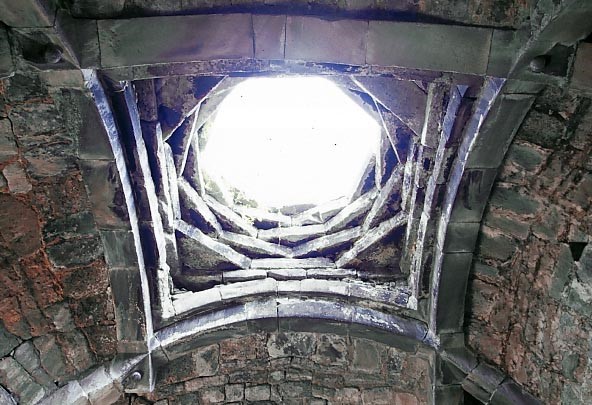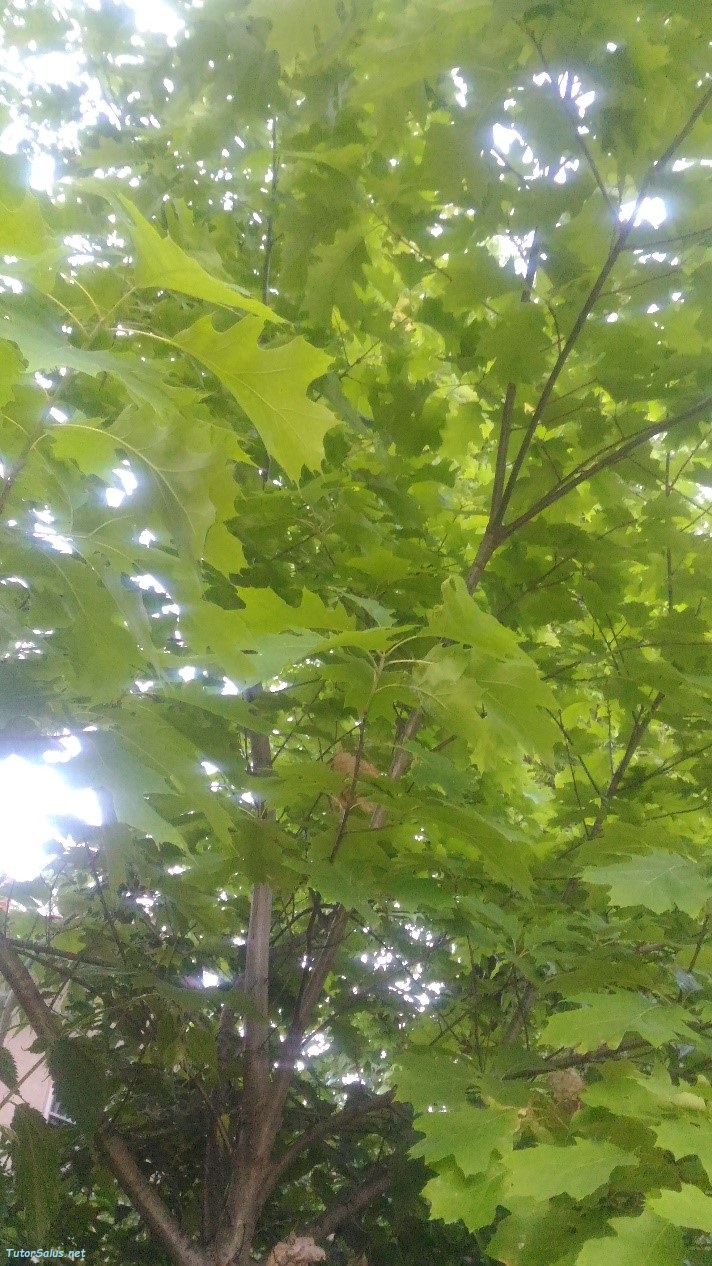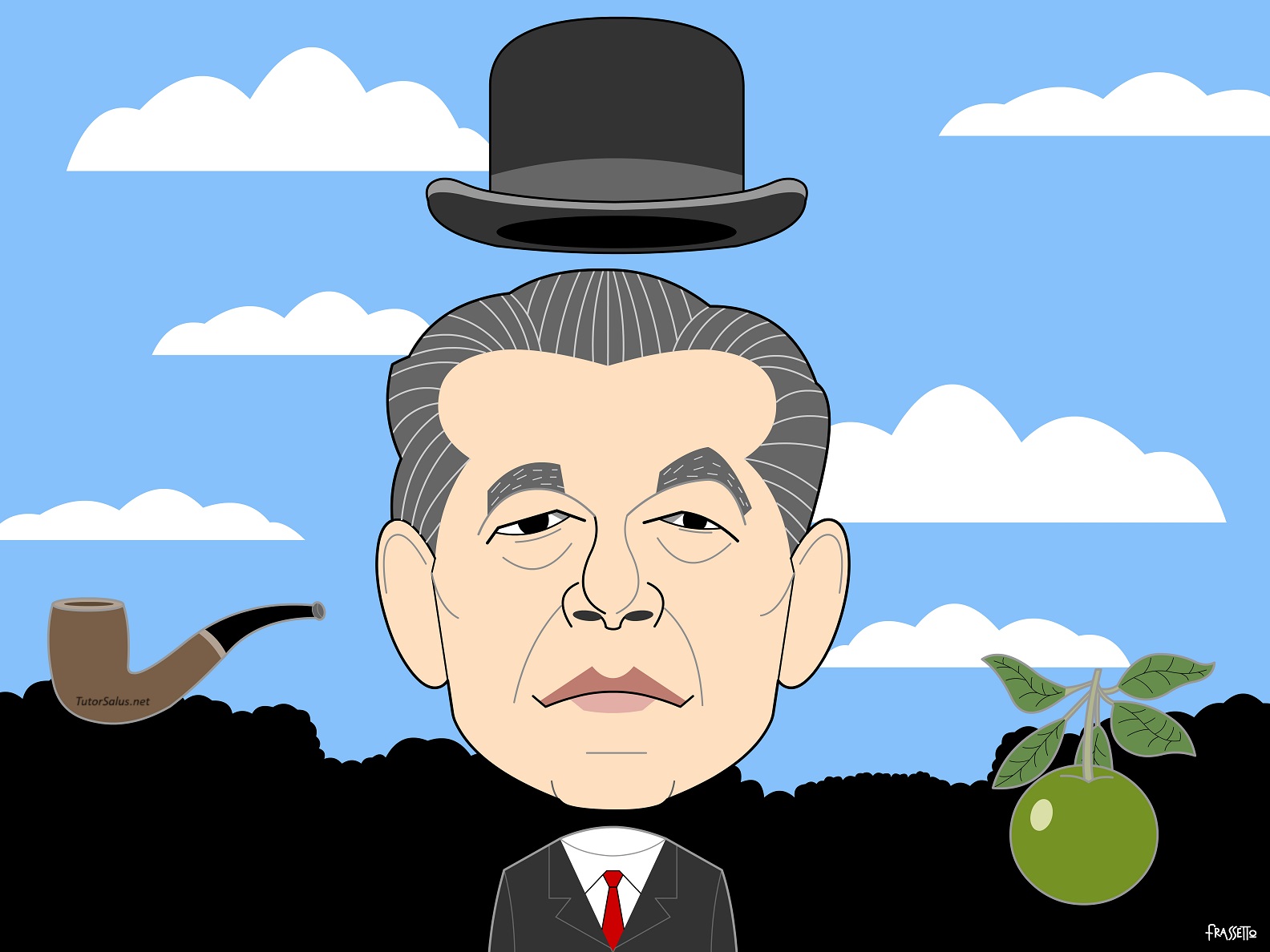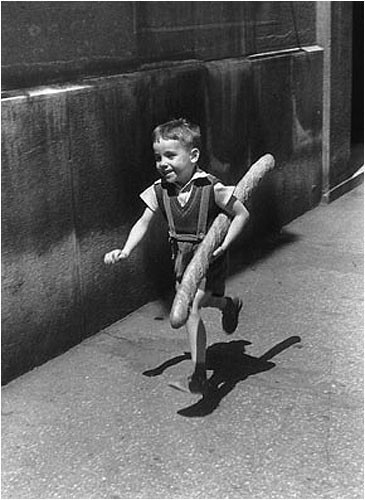
In the picture, details from the glkhatun (XIII century a.C.) in the Monastery of Holy Apostles (Surb Arakelots Vank) at Kirants (Tavush, north of Armenia).
Milan - November 9, 2019. A speech by Marco Ruffilli[1].
Surrounded, as we often are, by what have been ‘already said’, we don’t easily recognize what instead is the ‘unpublished’, that is the real novelties.
It is not only a Middle Ages singularity, and beyond, as Marco Ruffilli introduced last November 9 in Milan[2], in his rich speech : because he himself, while working on texts and documents produced by the cultured and multifaceted researcher Giulio Ieni[3], whom he regrets not having met in person, Marco Ruffilli singled out a significant theme, neglected so far and referring to the Armenian glkhatun (or Georgian darbazi), the “typical roofing solution of a square compartment […] through a structure of stone slabs or, more often, wooden planks and beams which, overlapping and staggered, with a progressive overhang, as arranged in parallel or rotated at an angle of 45°, reduce the shutter light through successive horizons, gradually narrowing it upwards”[4].
It is a solution thought up by Balcan and Transcaucasian workers, renowned for their competence in building, but “very rare in the Byzantine world” and which therefore “pays a peripheral and popular fame”, Ruffilli explained.
“We want dwell here [...] on a few [...] Balcanic examples, poorly known – Giulio Ieni insists – and which even have the same roofings : the church of Agios Theodosios [XII cent.] at Panariti in Argolide, Greece, the one of Shën Gjrgji [XVI-XVII cent.] at Dema in Albany, and the typical kitchen (magernica) [ante XIX cent.] of the Monastery of Rila, in west Bulgary”[5].
Ieni continues : “It is an ingenious solution which well responds to that incidental functional need with a geometrical rigour and an exemplary and formal elegance.
However also here [the kitchens, note by Author], it’s not clear what could be the original prototype from which a general so advanced configuration should derive, even if isolated in local architectural production. Certainly not from the ancient Thracian tradition, which we indeed must consider objectively lost with the Slavic and proto-Bulgarian invasions in the Balcanic peninsula; not from the Byzantine or Ottoman tradition, where similar rooms were covered by a spheric canopy or a cone-shaped vault provided with an airhole in key; maybe from the Moldo-Wallachian building practice which sometimes used similar achievements, even if much more modest, as for the kitchen of Văcăreşti Monastery at Bucarest, XVII-XVIII century […]”[6].
Where such a technical procedure comes from, quite exceptional in the Byzantine context where instead the use of spherical wreaths was generalized for any possible connection between base’s square and circle of shutter, is not easy to say exactly at the moment.”[7]
On the other hand, the architectural object doesn’t occupy the place of a contingent solution but also of a prototype for future inventions[8]: as human work, when taking the reality in ‘real’, that is making usable the reality, becomes an object which can be observed weighed up, got over. It is “the theme – Ruffilli explains – of the ‘depicted’ architecture, which Ieni deals with when he considers both the presence of a model for the church inside the votive scene [...], then in a meta-artistic dimension (art which depicts further art), and a practical function of the model from the maker’s perspective.”
In a recent article, Ruffilli examined the critical-philosophical origins of the ‘metaphor of crystal’, which Cesare Brandi used to illustrate the Armenian architecture[9].
Already in 1968 Brandi confirmed a historical connection between Middle Ages European architecture and Armenian architecture – reduced by other researchers in those years – on the basis “of a relationship which also historically existed at the time of the Crusades, when Armenia was the only one Christian state which aided the Crusaders”[10].
“The metaphor [...] of ‘crystal’ [...] makes right of the particular disposition of volumes of the Armenian churches […] and certainly hast the evocative merit to recall right away the accuracy of structure and the perfections of forms”[11]. Brandi here found an abstraction to which, moreover, in Art theory, Wilhelm Worringer already gave “the primary task to reconcile men and nature, making itself a criterion of order, of arrangement in a space, so that it leaves no room for concern”[12].
At the same time, in order to expose the density of items posed by the khatchkar - the traditional stone with a sculptured cross, widespread in the areas usually inhabited by Armenians and sometimes installed in the diaspora too[13] – Giulio Ieni says that “we need to appeal the parameters of archaic thinking which forever mark large areas of humanity”[14].
Here is where, in my opinion, the man of science rightly draws on oneiric newborns experience, the one founding the mental constructs of later ages, and the thoughts structured by language : according paths that unconscious neglected and escaped from one’s consciousness, but not so impenetrable as they are present and usable in the goal they offer.
Marina Bilotta Membretti / Cernusco sul Naviglio – February 8, 2020
[1] Marco Ruffilli has a degree in ‘Classical Literature’ at the ‘Università degli Studi’ of Milan and in ‘Mediterranean and Middle East Languages and Cultures’ at ‘Ca' Foscari University’ of Venice. He is also holding a PhD at the ‘Geneve University’and devised a Seminary on Armenian Art that takes place every academic year at the ‘Ca' Foscari University’.
[2] During the yearly (XXIII) ‘Seminario Armenistico Italiano’ of ‘Padus-Araxes’ Cultural Association.
[3] Giulio Ieni (1943-2003), archaeologist, Art and Architecture historian, dedicated his studies mainly to Byzantine, Balcanic, Armenian and Georgian world, as well as to some monumental complexes in Monferrato (Piemonte, Italy).
[4] G. Ieni, Alcune soluzioni costruttive fra Armenia e Regione Balcanica, "Bazmavep. Revue d'études arméniennes" 3-4 (1981), pp. 412-423, then in Giulio Ieni (1943-2003). Il senso dell'architettura e la maestria della parola, a c. by C. Devoti, A. Perin, C. Solarino, C.E. Spantigati, Edizioni dell'Orso, Alessandria 2015 (Fuori Collana, 149), pp. 65-73: p. 65.
[5] Ibid., p. 70.
[6] Ibid., p. 72.
[7] Ibid., p. 71.
[8] G. Ieni, La rappresentazione dell’oggetto architettonico nell’arte medievale, con riferimento particolare ai modelli di architettura caucasici, in Atti del I Simposio di Arte Armena (Bergamo, 1975 June 28-30), at care of G. Ieni & B.L. Zekiyan, Tipografia Armena di San Lazzaro, Venice 1978, pp. 247-264.
[9] M. Ruffilli, Una fortunata metafora di Cesare Brandi: le «chiese di cristallo» degli Armeni, “Venezia Arti” 27 (2018), pp. 131-139.
[10] C. Brandi, Una mostra di architettura medioevale a Roma. Le chiese di cristallo. Gli edifici armeni costruiti intorno al decimo secolo presentano assonanze con l’edilizia sacra romanica e gotica – Un catalogo che stimola le polemiche, "Corriere della Sera", 5 luglio 1968, p. 3. It is Brandi’ review about the photographic exhibition of Armenian buildings (Rome, 1968 June 10-30), set up to document the results of ‘La Sapienza’ university mission in Armenia.
[11] Ruffilli, Una fortunata metafora di Cesare Brandi..., cit., p. 132.
[12] Ibid., p. 134.
[13] In the same manner also in Milan, at Sant'Ambrogio square. These stones are a real symbol of Armenian identity, to such an extent that those ones from Giulfa graveyard, in Nakhicevan Azerbaijani exclave, were subjected, by order of Azerbaijan government, to a systematic destruction between 1998 and 2005.
[14] G. Ieni, "L’arte dei Khatchkar", introd. to Id., Khatchkar: croci di pietra armene/Armenian Cross-Stones/Croix en pierre arméniennes, catalog of the exhibition, Venice 1981, now in Giulio Ieni (1943-2003)..., cited, pp. 75-83: p. 81.







